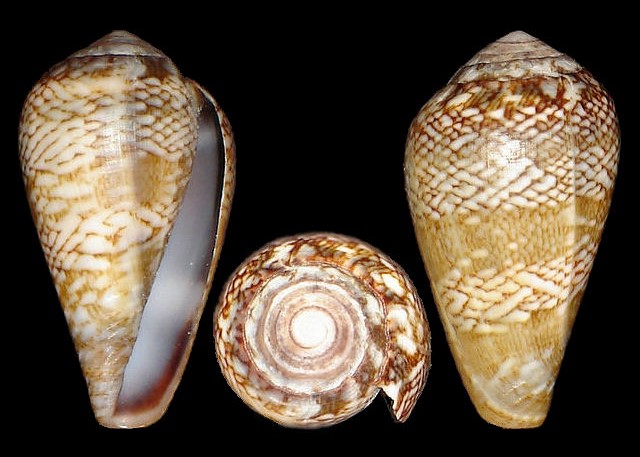Animals
The cocoa trush
The Cocoa Thrush, Turdus fumigatus, is a resident breeding bird in South America from eastern Colombia to central and eastern Brazil, and on Trinidad and some of the Lesser Antilles.
The habitat of this large thrush is dense forest. The nest is a lined bulky cup of twigs low in a tree or tree fern. Two to three reddish-blotched greenish-blue eggs are laid and incubated by the female for about 13 days to hatching. The young then fledge in another 13-15 days. The Cocoa Thrush is 22-24 cm long. It is dark rufous brown above and paler rufous brown below. There are five poorly defined races, differing mainly in the brightness of the plumage. Sexes are similar, but young birds are duller, having the scalloped under parts common in immature thrushes.
The Cocoa Thrush mainly feeds on or near the ground on insects, especially ants, other invertebrates and some berries. It is a shy species, but on Trinidad it is much tamer, and will come to feeders. The song is a musical warble, and it also produces a variety of typical thrush chuck and chak calls.
The cocoa woodcreeper
Also known as Passerine's or pearching bird's. Any member of the largest avian order which includes more than 5,700 species, more than half of all living birds. Passerine's are true perching birds with four toed feet, three toes facing forward and one larger toe facing backwards.
The Woodcreepers are a family of about 50 species of Passerine birds endemic to the neotropics. These mainly brown birds feed on insects taken from tree trunks. They superficially resemble the old world tree creepers but are not related. Woodcreepers are solitary forest birds that nest in holes or crevices. Most are 28 - 38 cm ( 8 - 15 in ) long, and are usually detected by their voice, some repeat harsh or sad notes and others tril
Length: 23 cm
The Woodcreeper breeds from Honduras through South America to northern Argentina and Trinidad and Tobago. More likely to be recognised by it's long decending song, the Woodcreeper spends it's day flying from one tree to the base of another, slowly climbing up the second in search of insects, invertebrates and may even follow army ants feeding on both the ants and any creatures they disturb. It can often be seen probing soft or rotten bark. The nest is built in tree stumps, often palms, is leaf lined, where 2 - 3 white eggs are laid. The Woodcreeper is a forest bird, and rarely ventures beyond the forest edge. It's brown all over, with a stiff tail used as a prop as the bird climbs the tree. The bill is long and decurved used to probe but not bore holes like woodpeckers.


